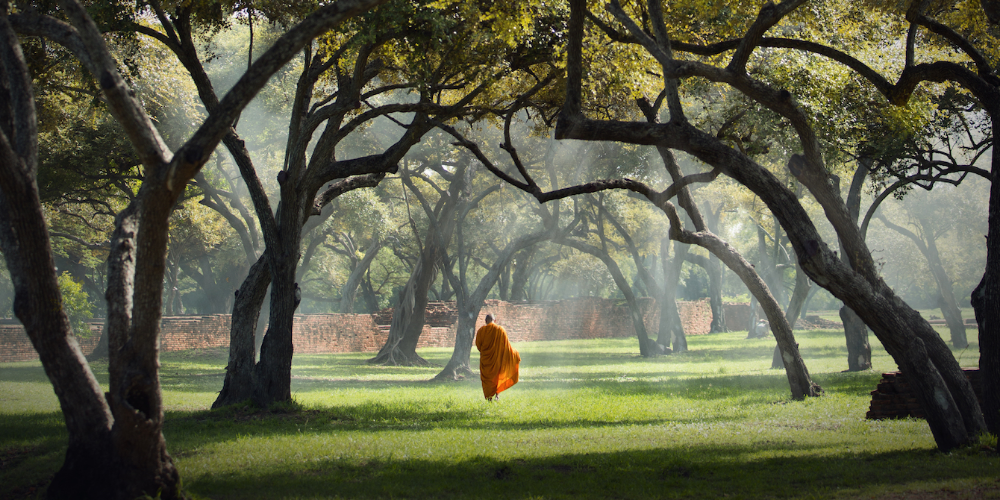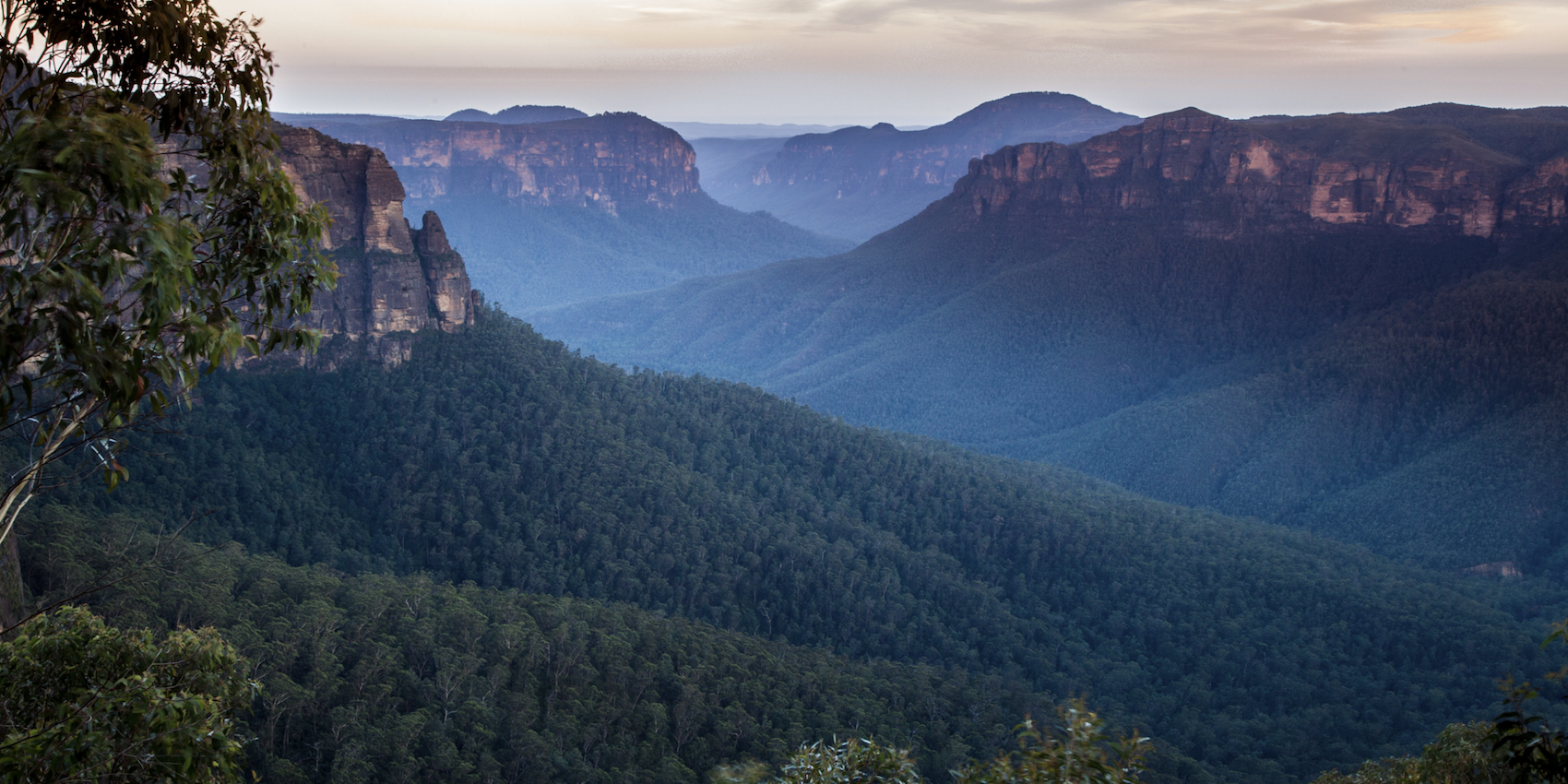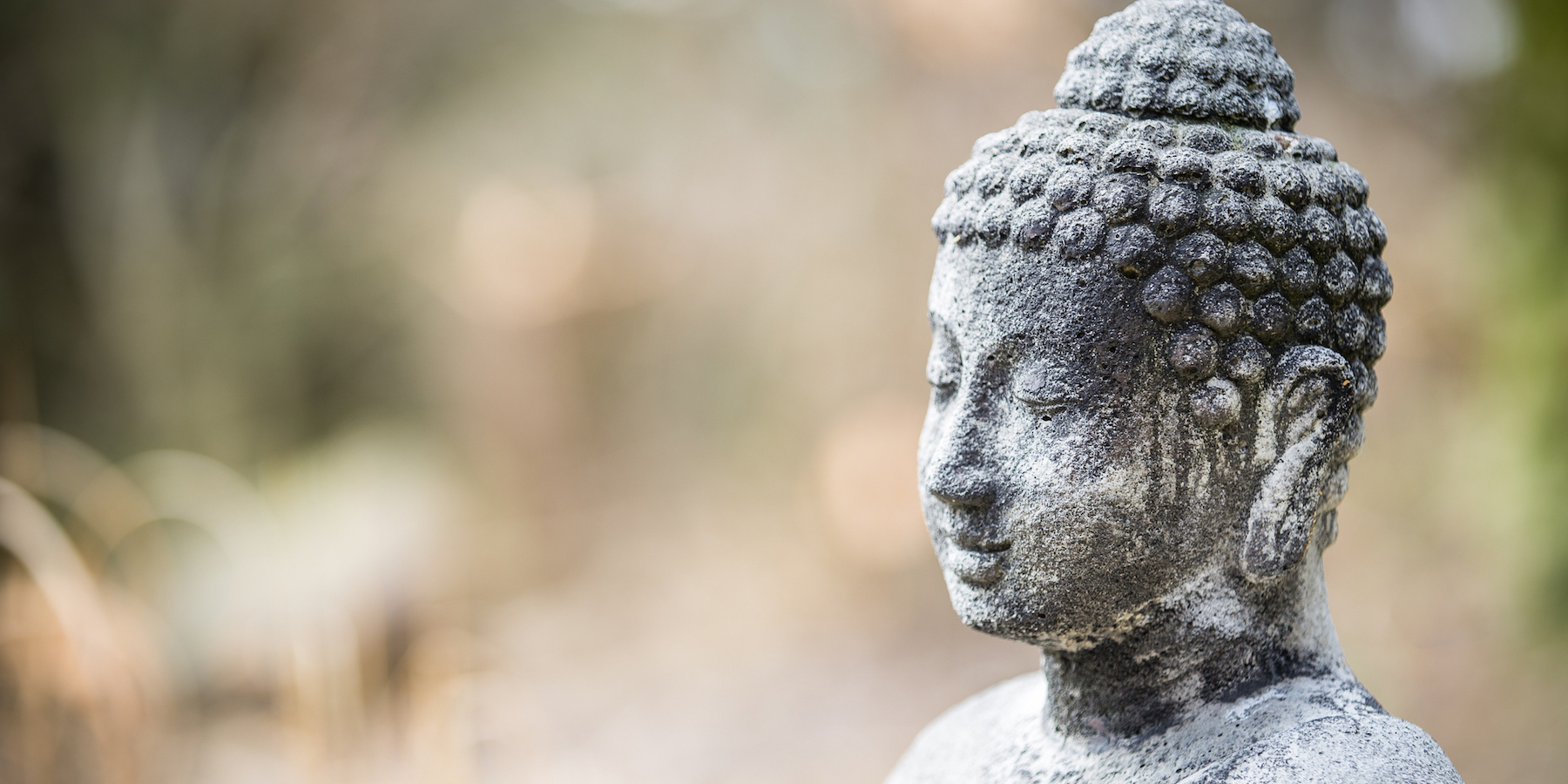The essence of the Buddhist path is the teachings on Buddha-nature (awakened-nature). As a foundational principle, I have found these teachings indispensable for my meditation practice.
What Is Buddha-Nature?
Buddha-nature represents the extremely positive news that our essence, no matter how many mistakes we make, is not fundamentally flawed. It is the opposite of original sin and affords us the potential for true freedom.
In the Buddha’s first utterances post-awakening, he described this fundamental ground of our nature as profound, peaceful, beyond constructs, luminous, unconditioned, and present as an intrinsic wisdom within all beings.
Though accurate, lofty phrases like “beyond constructs” can be challenging to comprehend without having first studied some of the more foundational teachings on emptiness, as can be found in the Prajnaparamita Sutras. For this reason, it can be more practical to start our reflection on Buddha-nature as an inquiry into our underlying ability for both discernment and transformation.
Read more: Buddhist monk Ajahn Achalo and Buddhist teacher Dr. Miles Neale reflect on what it means to be a Buddhist.
The Intrinsic Potential For Discernment
Jetsün Khandro Rinpoche points out:
“How do we know where, how, or what ‘intrinsic wisdom’ is?”
The answer is simple. It is the basic wisdom mind that discerns what is good and what is harmful to us: the intrinsic awareness that tells us weʹre at the edge of a roof and shouldnʹt step any further; or that knows when to stop holding the match as we light a candle. We call this intrinsic potential for discernment “Buddha-nature.”
Although it may sound a little basic to compare our Buddha-nature to the discernment we have when holding a match, I’ve noticed that when I choose to examine my thoughts, perceptions, and behaviors within an open inquiry, the profound is often hidden within plain sight.
Read more: In another article, Scott Tusa reflects on the art of an open question in meditation.
At its most practical, our Buddha-nature affords us the potential to grow, evolve, and embody our genuine goodness. When we understand, and eventually through meditation experience this as our essential nature, there is less room for getting sidetracked by our unexamined destructive emotions and thoughts, and more room for living compassionately from within an interconnected whole.
Here we come to appreciate our underlying nature and grow our confidence in it. We do so based on genuinely knowing ourselves via discerning wisdom and the growing insight we encounter along the path of meditation on the nature of mind.
Analogies Of Buddha-Nature
Though meditation serves as the primary doorway to fully embody our innate awakened nature, it is not the first step. It is advised to start with learning and reflection, as these can be powerful tools that we engage on the Buddhist path to grow our wisdom of understanding and discernment.
In Progressive Stages of Meditation On Emptiness, Khenpo Tsültrim Gyamtso explains:
“The purpose of teaching the Tathagata-garbha (Buddha-nature) is to give the meditator confidence that she already has Buddha-nature. Without such confidence, it is challenging to fully rest the mind free from all conceptual contrivance, because there is always a subtle tendency to try to remove or achieve something.”
We will start our reflection on Buddha-nature with three analogies. These are provided to help us reconcile the seeming opposites of our current confused experience, with the ground of our nature that is clear and awake.
The first example is that our Buddha-nature is like the sun when it is behind a thick bank of clouds. It may not look like the sun is shining, but the sun’s capacity to illuminate has not diminished even one bit. In the same way, our innate wisdom is always shining, whether it is obscured or not. Therefore our suffering and confusion are temporary.
The second example is the way butter is contained within the milk. Until the milk is churned and skimmed, the butter remains hidden. Similarly, our innate wisdom is masked within our minds by confused emotions and thoughts. When the confusion is removed, our awakened nature is revealed.
The third is a comparison between gold and the ore that it lives within. When the metal is refined and the impurities removed, we perceive the gold in its pure form. Similarly, when we purify our mind through the path of learning, reflection, and meditation, our Buddha-nature reveals itself.
A Reflective Meditation
Although we can reflect on these three analogies on and off the meditation cushion, here’s an example of a short reflective meditation you can do in your more formal sitting practice:
- Find a relaxed yet alert posture.
- If you are a practicing Buddhist, go for refuge to the three jewels (Buddha, Dharma, and Sangha) and generate Bodhichitta (the aspiration to awaken for the benefit of all beings).
- Spend a few minutes connecting to present moment awareness through the breath.
- When you feel ready to start your reflective meditation, generate a firm intention to return to the practice each time you become distracted by daydreaming or thoughts that are not related to the reflection.
- Reflective meditation is similar to other types of meditation, in that you are using a quality of present moment awareness to engage in a process of observation. Though here, additionally you will alternate between focused reflection and resting the mind on what has been evoked through analysis.
- Start with the first reflection, that our Buddha-nature is like the sun when it is behind a thick bank of clouds. Use your imagination and picture an overcast day. How do the clouds appear? How do you feel? Consciously reflect and then rest the mind on the feelings, thoughts, and sentiments that have arisen.
- What about the sun? How are you relating to it? Does it feel present behind the clouds, or have you forgotten about it? How do you feel when you remember it? Again, gently reflect and then rest the mind on what has been evoked for a few moments.
- Next, apply the analogy to your subjective experience and the possibility of an innate awakened nature within. Is it possible that you may have an inborn capacity for wisdom and compassion, just like the sun shining behind a bank of clouds? Are your problems permanent and unchanging? Are your thoughts and emotions of yesterday, last year, or ten years ago the same? Reflect and then rest the mind on what has been evoked for a few moments.
- Also, notice what answers intuitively arose. Bring awareness to the inner critic that might be reacting out of limiting beliefs or the voice that grasps a little too quickly at a resounding “yes!”
- Feel free to continue the reflection with more personal inquiries if you would like.
- Before closing the practice, completely let go of the reflection and rest the mind in space-like awareness or awareness of the breath for a few minutes.
- Dedicate the practice to all beings (yourself included), so that they may know their awakened essence.
This short guided audio-meditation by Scott Tusa helps to find calmness in the body and prepare yourself for further meditation.
What Reflecting On Your Buddha-Nature Can Do For You
This kind of reflection (or one like it), can be repeated each day as part of your formal or informal practice. The whole point is to engage in an open and unbiased reflection, not necessarily to become a believer in Buddha-nature. With effort, a shift in one’s views and opinions will naturally unfold, especially when combined with other formal Buddhist awareness practices.
From here, we aim for our reflection to have a direct impact on our capacity for discerning what helps and what harms. Meditation can ultimately act as a bridge between an interesting or charming idea and how that idea affects our real-world actions and behaviors.
Eventually, unshakeable confidence will arise. This does not mean that all of our problems have magically disappeared, or that we are suddenly “super-spiritual.” It is merely the expression of our underlying potential for warmth, clarity, and seeing ourselves and the world as it is, shining forth.
Read more: Scott Tusa reflects on the Four Seals of Buddhism and what it means to be a Buddhist.







